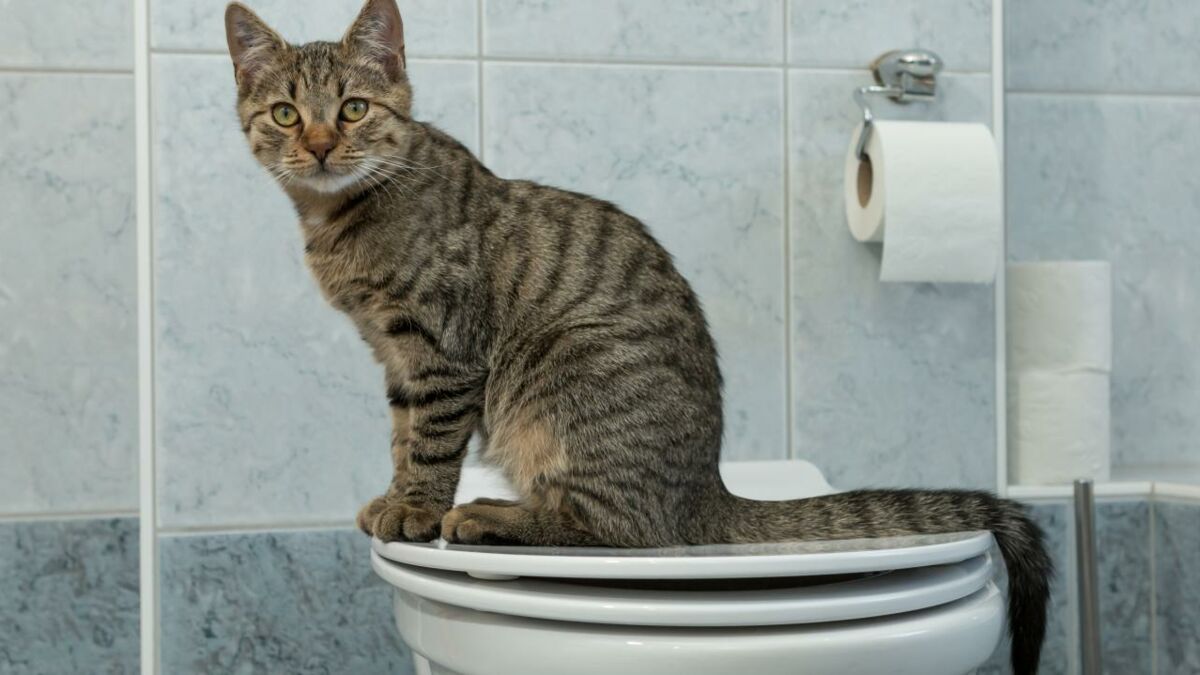Never Flush Cat Poop Down Your Toilet - Protect Your Pipes Infrastructure
Never Flush Cat Poop Down Your Toilet - Protect Your Pipes Infrastructure
Blog Article
Have you been trying to find additional info around How to Dispose of Cat Poop and Litter Without Plastic Bags?

Intro
As pet cat proprietors, it's vital to bear in mind exactly how we dispose of our feline buddies' waste. While it might appear convenient to purge feline poop down the toilet, this practice can have harmful consequences for both the environment and human wellness.
Alternatives to Flushing
Thankfully, there are much safer and much more liable methods to deal with feline poop. Consider the complying with choices:
1. Scoop and Dispose in Trash
The most common technique of getting rid of pet cat poop is to scoop it right into a biodegradable bag and throw it in the trash. Make sure to utilize a committed clutter inside story and deal with the waste without delay.
2. Usage Biodegradable Litter
Opt for biodegradable cat clutter made from materials such as corn or wheat. These litters are environmentally friendly and can be securely disposed of in the garbage.
3. Hide in the Yard
If you have a backyard, think about hiding feline waste in an assigned location far from vegetable gardens and water resources. Make sure to dig deep enough to stop contamination of groundwater.
4. Set Up a Pet Waste Disposal System
Invest in a pet dog waste disposal system particularly made for cat waste. These systems make use of enzymes to break down the waste, lowering smell and environmental impact.
Health Risks
Along with ecological issues, flushing pet cat waste can additionally position health threats to people. Cat feces might contain Toxoplasma gondii, a bloodsucker that can create toxoplasmosis-- a potentially severe ailment, specifically for expecting women and individuals with damaged immune systems.
Ecological Impact
Purging cat poop introduces harmful virus and parasites right into the water system, posturing a significant threat to water environments. These pollutants can adversely impact aquatic life and concession water quality.
Final thought
Accountable pet possession expands past giving food and shelter-- it additionally entails correct waste monitoring. By avoiding flushing pet cat poop down the bathroom and selecting alternate disposal methods, we can lessen our environmental impact and secure human health.
Why Can’t I Flush Cat Poop?
It Spreads a Parasite
Cats are frequently infected with a parasite called toxoplasma gondii. The parasite causes an infection called toxoplasmosis. It is usually harmless to cats. The parasite only uses cat poop as a host for its eggs. Otherwise, the cat’s immune system usually keeps the infection at low enough levels to maintain its own health. But it does not stop the develop of eggs. These eggs are tiny and surprisingly tough. They may survive for a year before they begin to grow. But that’s the problem.
Our wastewater system is not designed to deal with toxoplasmosis eggs. Instead, most eggs will flush from your toilet into sewers and wastewater management plants. After the sewage is treated for many other harmful things in it, it is typically released into local rivers, lakes, or oceans. Here, the toxoplasmosis eggs can find new hosts, including starfish, crabs, otters, and many other wildlife. For many, this is a significant risk to their health. Toxoplasmosis can also end up infecting water sources that are important for agriculture, which means our deer, pigs, and sheep can get infected too.
Is There Risk to Humans?
There can be a risk to human life from flushing cat poop down the toilet. If you do so, the parasites from your cat’s poop can end up in shellfish, game animals, or livestock. If this meat is then served raw or undercooked, the people who eat it can get sick.
In fact, according to the CDC, 40 million people in the United States are infected with toxoplasma gondii. They get it from exposure to infected seafood, or from some kind of cat poop contamination, like drinking from a stream that is contaminated or touching anything that has come into contact with cat poop. That includes just cleaning a cat litter box.
Most people who get infected with these parasites will not develop any symptoms. However, for pregnant women or for those with compromised immune systems, the parasite can cause severe health problems.
How to Handle Cat Poop
The best way to handle cat poop is actually to clean the box more often. The eggs that the parasite sheds will not become active until one to five days after the cat poops. That means that if you clean daily, you’re much less likely to come into direct contact with infectious eggs.
That said, always dispose of cat poop in the garbage and not down the toilet. Wash your hands before and after you clean the litter box, and bring the bag of poop right outside to your garbage bins.
https://trenchlesssolutionsusa.com/why-cant-i-flush-cat-poop/

I am just very intrigued by How to Dispose of Cat Poop and Litter Without Plastic Bags and I really hope you enjoyed reading the new post. I beg you take the time to promote this blog if you liked it. Thanks a lot for taking the time to read it.
Customer Reviews Report this page